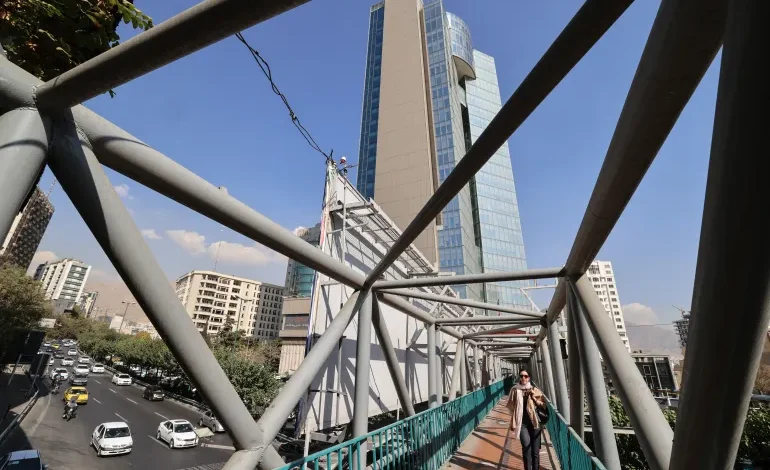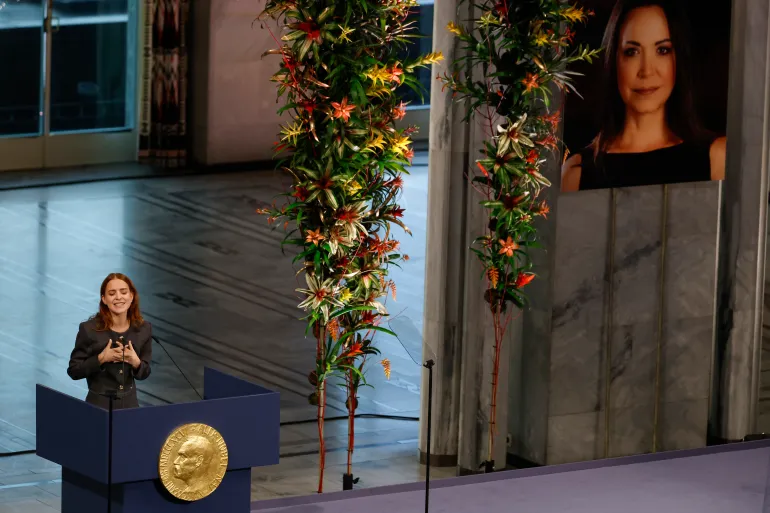Iran Dissolves Major Private Bank in Deepening Economic Crisis

Iran’s central bank has ordered the dissolution of Ayandeh Bank, one of the country’s largest private lenders, and its merger into the state-owned Bank Melli, in a move that underscores the depth of Iran’s financial troubles and the growing strain on ordinary citizens.
The announcement came on Thursday, with officials saying Ayandeh’s branches across the country will be converted into Bank Melli outlets by Sunday. Customers have been told that their accounts and deposits are safe, but few in Iran are reassured, especially as the merger follows years of opaque operations, government bailouts and runaway inflation.
The decision marks the collapse of a once-flagship private bank owned by one of Iran’s richest families and signals how economic mismanagement, corruption and sanctions have hollowed out the country’s financial sector.
Ayandeh’s troubles trace back to the early 2010s, when Iran’s banking sector began to unravel under the weight of corruption, poor regulation and UN sanctions tied to its nuclear programme.
Dozens of unlicensed financial institutions, often linked to military, religious or semi-state foundations, sprang up, offering unrealistic interest rates to attract deposits. When they collapsed, thousands of small investors lost access to their savings for years.
By 2017, the central bank had shut down or absorbed these rogue lenders, but only after they had seized control of a quarter of Iran’s money supply. To cover the gap, authorities printed money, and inflation soared, eroding living standards nationwide.
Ayandeh itself was born in 2013 through a merger of Tat Bank with two quasi-state credit institutions. Its founder, billionaire Ali Ansari, controlled both Ayandeh and Tat and held majority shares through family networks.
Ansari, 63, is one of Iran’s most influential businessmen, with ventures spanning real estate, steel, telecoms, hospitality and even a seat on the board of Tehran’s Esteghlal football club. The numbers are staggering. By the time the central bank pulled the plug last week, Ayandeh owed 5 quadrillion rials (about 4.7 billion dollars) and held 2.5 quadrillion rials in customer deposits.
The bank was authorised to lend up to 200 trillion rials (187 million dollars) based on its capital reserves, but it handed out roughly ten times that amount, much of it to insiders and affiliated companies, according to central bank data.
Roughly 1.3 quadrillion rials (1.2 billion dollars) went to a small circle of individuals and firms connected to Ayandeh’s internal projects. Authorities have refused to disclose who they were.
Two years ago, as losses ballooned, the central bank revoked shareholder voting rights on over 60 percent of Ayandeh’s stock and transferred control to the Ministry of Economic Affairs and Finance. The move failed to stabilise the lender, which kept borrowing from the government and the central bank just to survive.
Now, with Ayandeh’s name disappearing from Iran’s banking map, it’s clear the rescue effort came too late, and that taxpayers will foot the bill. Online, Iranians have reacted with a mix of anger and resignation. Businessman Pedram Soltani was among those calling for transparency and accountability, urging authorities to publish the names of those responsible.








The latest news in your social feeds
Subscribe to our social media platforms to stay tuned